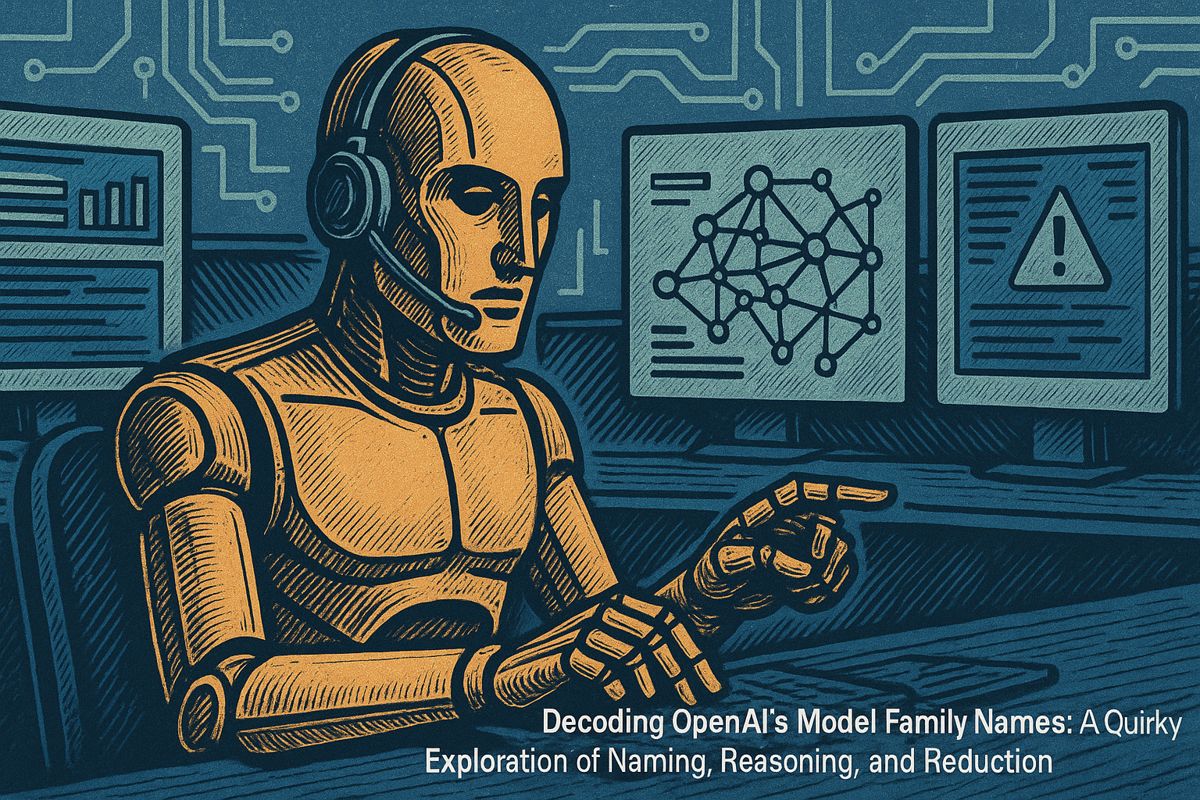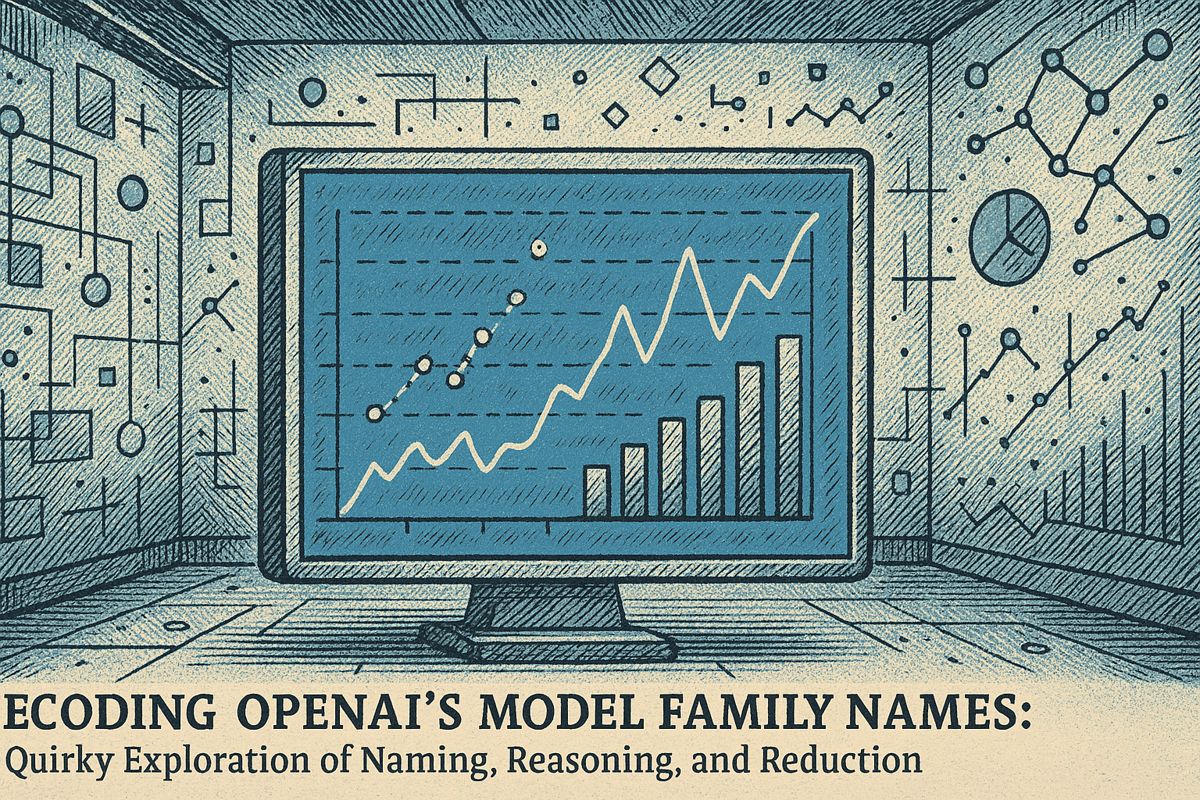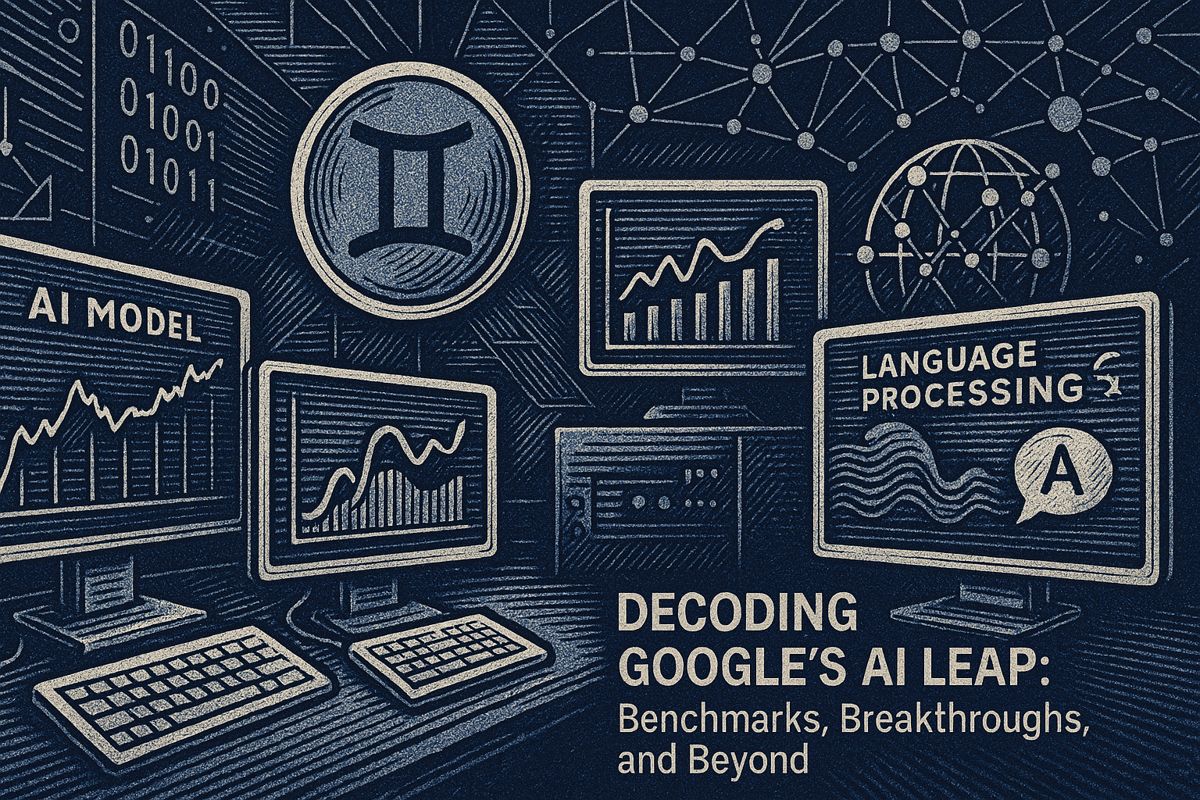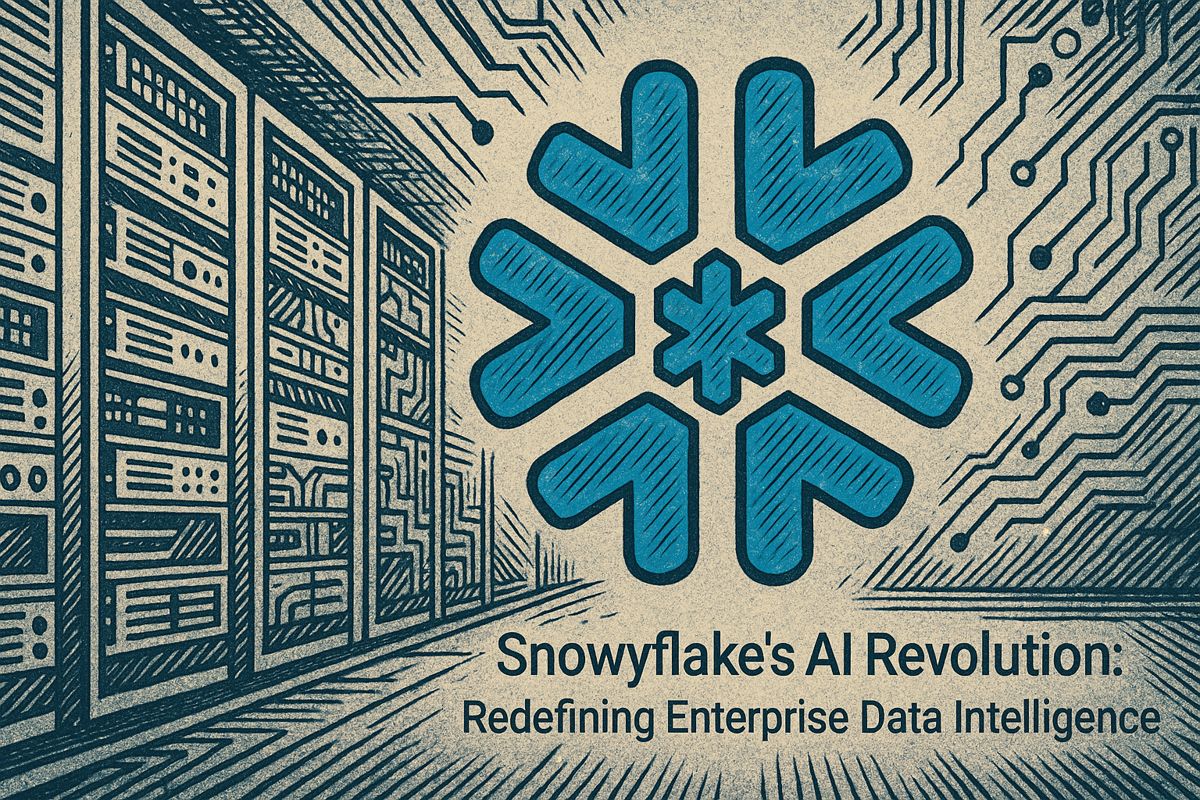Here’s the text with the most important phrase in markdown bold:
Agentic AI is set to revolutionize customer service by autonomously resolving 68% of interactions by 2028, potentially cutting operational costs by 30%. This advanced technology goes beyond traditional chatbots, using intelligent systems that can diagnose issues, set goals, and take decisive actions while maintaining critical human oversight. While promising unprecedented efficiency, the technology also emphasizes the importance of human involvement in complex situations and requires transparency and ethical guidelines to build customer trust. The transformation suggests a shift in workforce dynamics, with repetitive tasks being automated and new roles emerging that require sophisticated oversight and interpretation skills. Despite potential skepticism, the technology represents a significant leap forward in how technical support and customer service will be delivered in the near future.
What is Agentic AI and How Will It Transform Customer Service?
Agentic AI is an advanced technology predicted to resolve 68% of customer service interactions by 2028, using autonomous systems that can diagnose issues, set goals, and take decisive actions without human intervention, potentially reducing operational costs by 30% while maintaining critical human oversight.
Remembering the Days of Hold Music and Hope
Sometimes, the technology world pivots so abruptly that I’m left blinking, wondering how the old world ever made sense. Not long ago, Cisco released a forecast about agentic AI that jolted me right back to my early IT days. I can still feel the plastic heat of my phone pressed to my ear, the endless loop of tinny Vivaldi, and my growing suspicion that nobody on the other end actually wanted to answer. You know that feeling—frustration prickling under your skin, heartbeat keeping time with the hold music.
Cisco’s latest announcement, delivered by their Executive Vice President Liz Centoni, claims those endless waits may soon join dial-up screech and floppy disks in the museum of tech relics. The company projects that by 2028, agentic AI will be resolving 68% of all customer service interactions with technology vendors. No hyperbole, just a tidal shift. It left me both incredulous and slightly nostalgic for the gritty, sweat-soaked midnight troubleshooting sessions of my tech apprenticeship, when the prospect of a self-fixing network felt like something out of a Ray Bradbury story.
I still remember wrestling with a misbehaving router that sent our entire office Wi-Fi into blackout. Four engineers, one flickering server cabinet, hours spent crawling logs and swapping cables. Could a piece of software really have swooped in and solved all that in the background, sparing us the midnight pizza and existential dread?
What Makes Agentic AI Different? A Closer Look
Agentic AI is not your garden-variety chatbot. If you’re picturing the usual “Sorry, I didn’t get that” loop, banish the thought. These systems are more like diligent librarians crossed with chess grandmasters: they ingest complex technical knowledge, set goals, diagnose issues, and take decisive action. According to Cisco, and corroborated by Gartner, this is about replacing repetitive, script-driven support with autonomous agents that spot and fix issues before you even feel the tremor in your network connection.
Here’s what their research spells out, and it’s worth chewing on: 56% of business leaders expect this transformation in just 12 months, leaping to 68% in three years. Gartner’s crystal ball isn’t far off, forecasting that 80% of routine customer problems will be solved without human intervention by 2029. That’s a predicted 30% cut in operational costs – not exactly pocket change for Fortune 100 companies or startups alike.
Let’s not forget the human pulse in all this automation. Even with the promise of hyper-personalized, proactive support (93% of Cisco’s respondents expect it), almost everyone – 89 to 96% – agrees that people remain vital for thornier, higher-stakes situations. When your core infrastructure goes haywire, do you really want a chipper synthetic voice as your only lifeline? I’ve been there. I wanted empathy, not just efficiency.
Trust, Transparency, and the Human Touch
Here’s the paradox: as these artificial agents get smarter and more proactive, our faith in them becomes a make-or-break issue. Cisco’s survey echoes what I’ve heard over bad coffee at IT expos: 99% of respondents want clear ethical guidelines, privacy safeguards, and transparency in how agentic AI systems make decisions. Without visible governance, the promise of autonomous support curdles into suspicion. I’ll admit, I’ve harbored skepticism myself – who hasn’t side-eyed a mysterious system update or ambiguous terms of service? Yet, get this right, and there’s gold at the end of the circuit board: 75% believe customers will trust vendors who deploy agentic AI, and 80% predict these vendors will sprint ahead of the competition.
As workflows shift, so does the shape of the workforce. The dull, repetitive roles are evaporating, replaced by jobs requiring oversight, interpretive skill, and (dare I say) a dollop of psychological insight. There’s a faint whiff of ozone and fresh paint in the air – new roles, new risks, new rewards. The market’s message? Upskill or get swept aside.
The Human Factor: A Blush of Emotion and a Dash of Doubt
I can’t help but smile – or grimace? – at the prospect of an AI gently proposing, “Would you like some breathing exercises while I patch your router?” The image is absurd, yet oddly comforting. I’ve been the guy muttering at the server rack, palms sweating, wishing for a fix that didn’t require caffeine and a minor miracle. Maybe this is our reward: less tedium, more orchestration. Or maybe it’s a trade-off, one we’ll only recognize fully when the silence replaces hold music and the bots really do answer first.
Of course, I’ve been burned before by breathless tech prophecy. There’s always a chance we’re overestimating, chasing a mirage. But with Cisco and Gartner both putting numbers on the table, and business leaders echoing the call, it’s hard not to feel the current pulling us forward. Excitement mingles with a prickle of unease – what will we do when “let me transfer you” is spoken only by algorithms?
I suppose that’s progress. Or is it nostalgia talking? Either way, the landscape is shifting. And if my old self could see this, tangled in cables and stress, he might just laugh.
Ready or not, the future is dialing in. Do you hear it ringing?


















